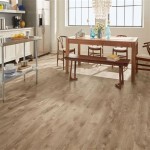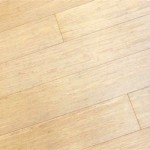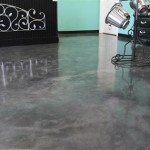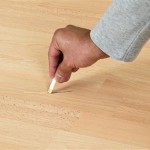Environmentally Friendly Flooring Options: A Conscious Choice for Sustainable Interiors
In today's sustainability-minded world, choosing environmentally friendly flooring options has become increasingly important. With various choices available, homeowners and designers can create beautiful and durable interiors while minimizing their ecological footprint. This article explores essential aspects of eco-friendly flooring options to empower you in making informed decisions.
Types of Eco-Friendly Flooring
The market offers a wide range of environmentally friendly flooring materials, including:
- Bamboo: A rapidly renewable resource with low environmental impact.
- Cork: A natural insulator harvested from tree bark without damaging the tree.
- Recycled materials: Flooring made from recycled plastics, glass, or rubber, reducing waste.
- Linoleum: A biodegradable material made from natural ingredients, including linseed oil.
- Recycled wood: Flooring made from reclaimed or salvaged wood, preserving natural resources.
Sustainability Considerations
When choosing eco-friendly flooring, consider the following factors:
- Resource consumption: Opt for materials that minimize raw material extraction and waste generation.
- Manufacturing processes: Select products manufactured in environmentally friendly facilities with low energy consumption and emissions.
- Transportation: Choose locally sourced materials to reduce transportation-related emissions.
- Durability: Durable flooring reduces the need for frequent replacements, conserving resources and extending lifespan.
- End-of-life disposal: Consider the recyclability or biodegradability of flooring materials to minimize environmental impact at the end of their life.
Benefits of Eco-Friendly Flooring
Investing in environmentally friendly flooring provides numerous benefits:
- Reduced environmental impact: Conserves natural resources, minimizes waste, and reduces pollution.
- Improved indoor air quality: Many eco-friendly flooring options release fewer harmful pollutants, promoting a healthier living environment.
- Sustainability credentials: Demonstrates a commitment to sustainability and environmental responsibility.
- Potential cost savings: Durable eco-friendly flooring can reduce maintenance and replacement costs over its lifespan.
Additional Tips
Enhance the sustainability of your flooring choices by:
- Proper maintenance: Regular cleaning and maintenance extend the life of flooring, reducing the need for replacements.
- Use low-impact cleaning products: Avoid harsh chemicals that can damage eco-friendly materials.
- Choose sustainable underlayments: Opt for underlayments made from recycled or natural materials to enhance durability and reduce environmental impact.
- Consider certifications: Look for flooring materials with certifications from reputable organizations like the Forest Stewardship Council (FSC) or the Green Label Plus (GLP), ensuring responsible sourcing and environmental standards.
Conclusion
Selecting environmentally friendly flooring options empowers you to create stunning and sustainable interiors. By considering factors such as material sourcing, manufacturing processes, and durability, homeowners and designers can make conscious choices that minimize their ecological footprint. Embracing these practices contributes to a greener future while enhancing the beauty and well-being of indoor spaces.

Op Environmentally Friendly Flooring

Eco Friendly Flooring Options For Modern Spaces Decoist

The Best Green Flooring Options For Your Leed Certified Building

Environmentally Friendly Flooring Mentor Oh

Sustainable Flooring Options For N Households Godrej Properties

Sustainable Flooring What Are Your Eco Non Toxic Options

Eco Friendly Flooring Options Carpet One Floor Home

Sustainable Flooring What Are Your Eco Non Toxic Options

Sustainable Flooring Non Toxic Durable Affordable

Tile An Environmentally Friendly Flooring Material








